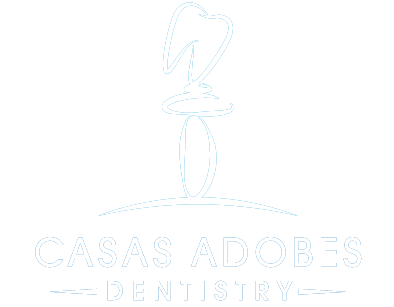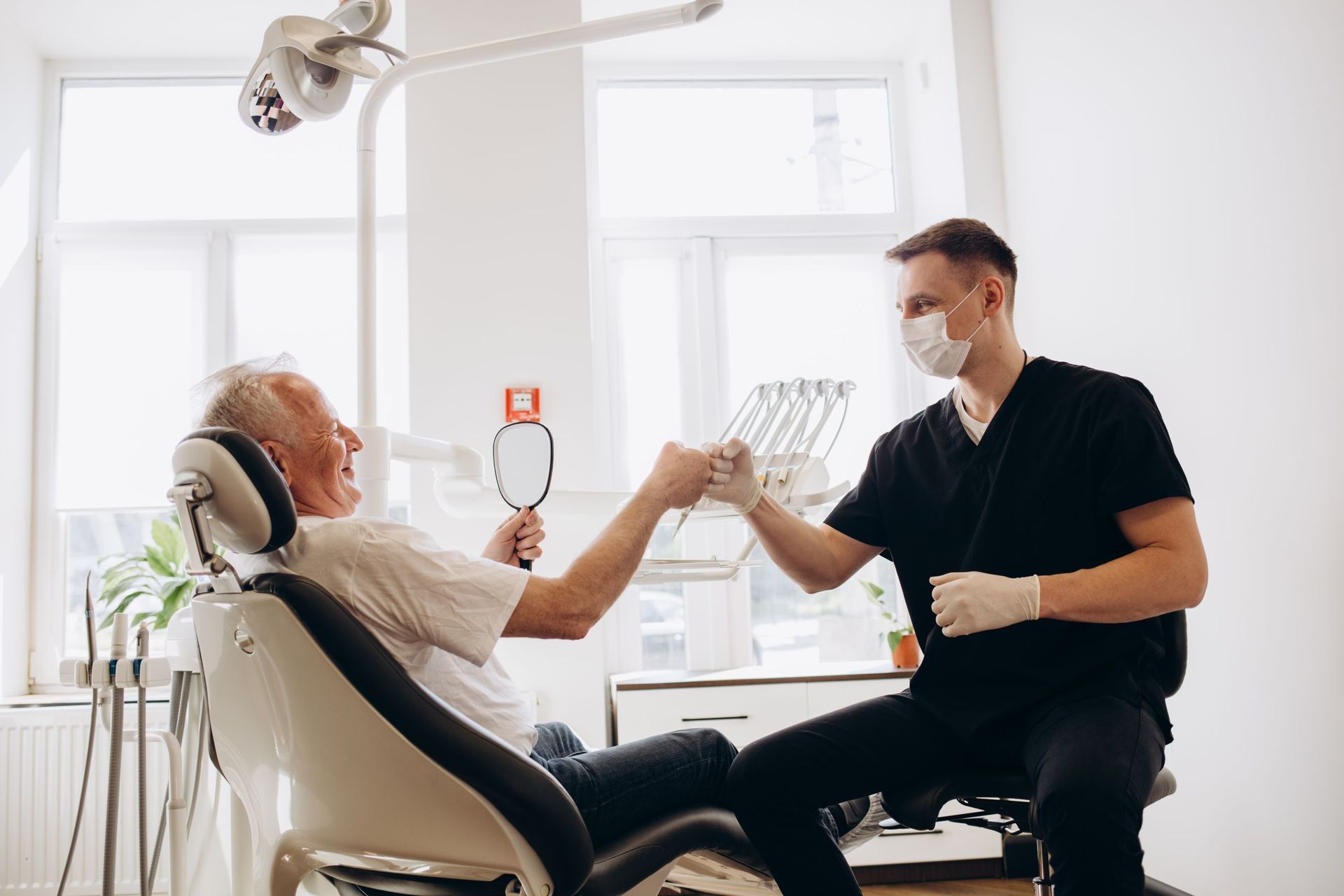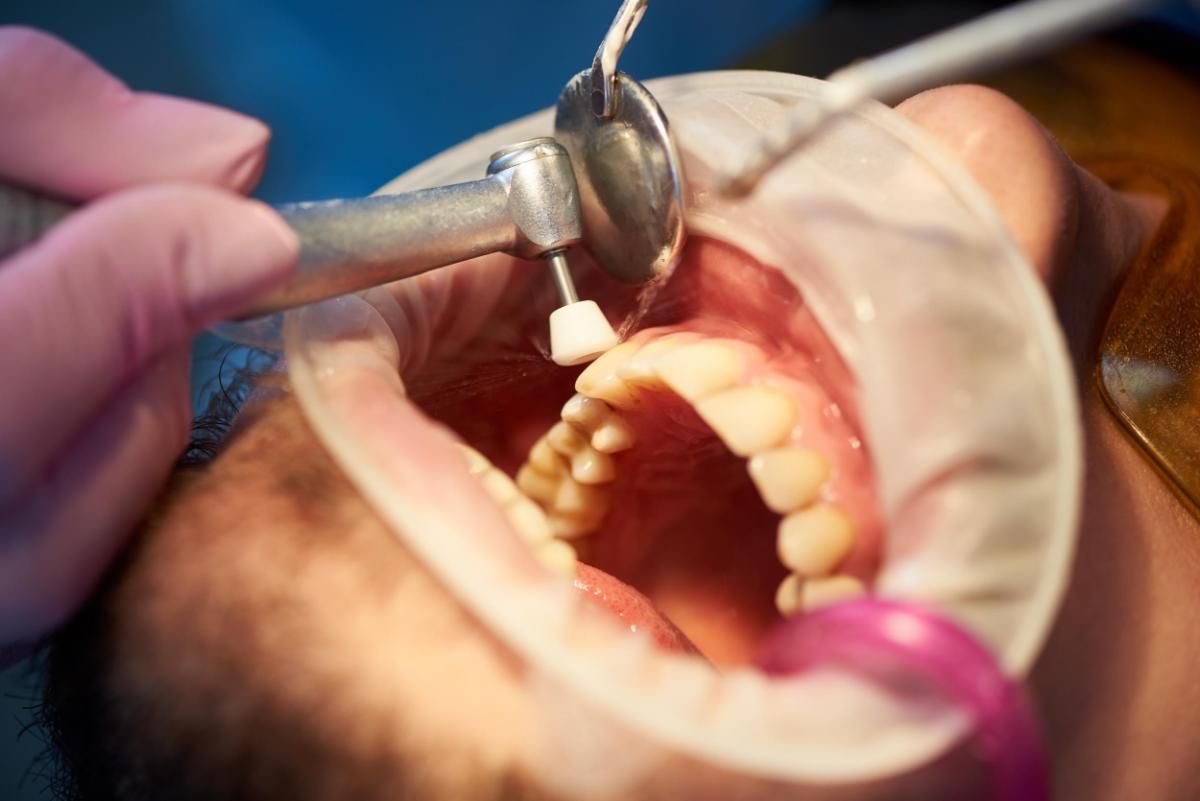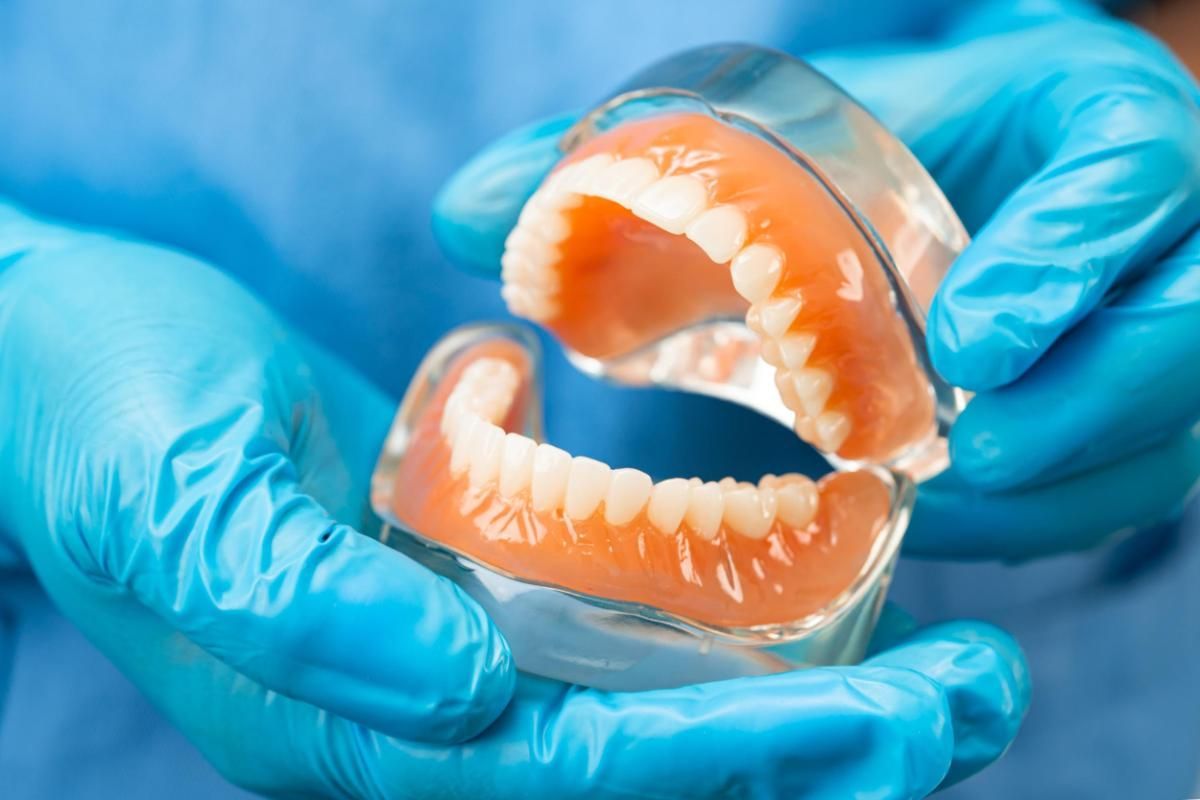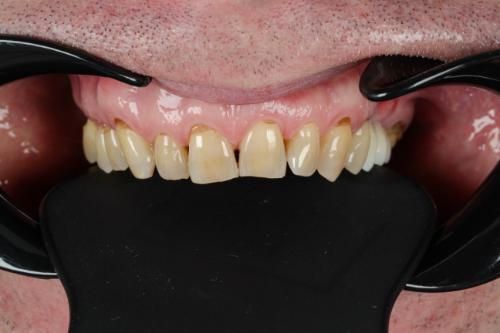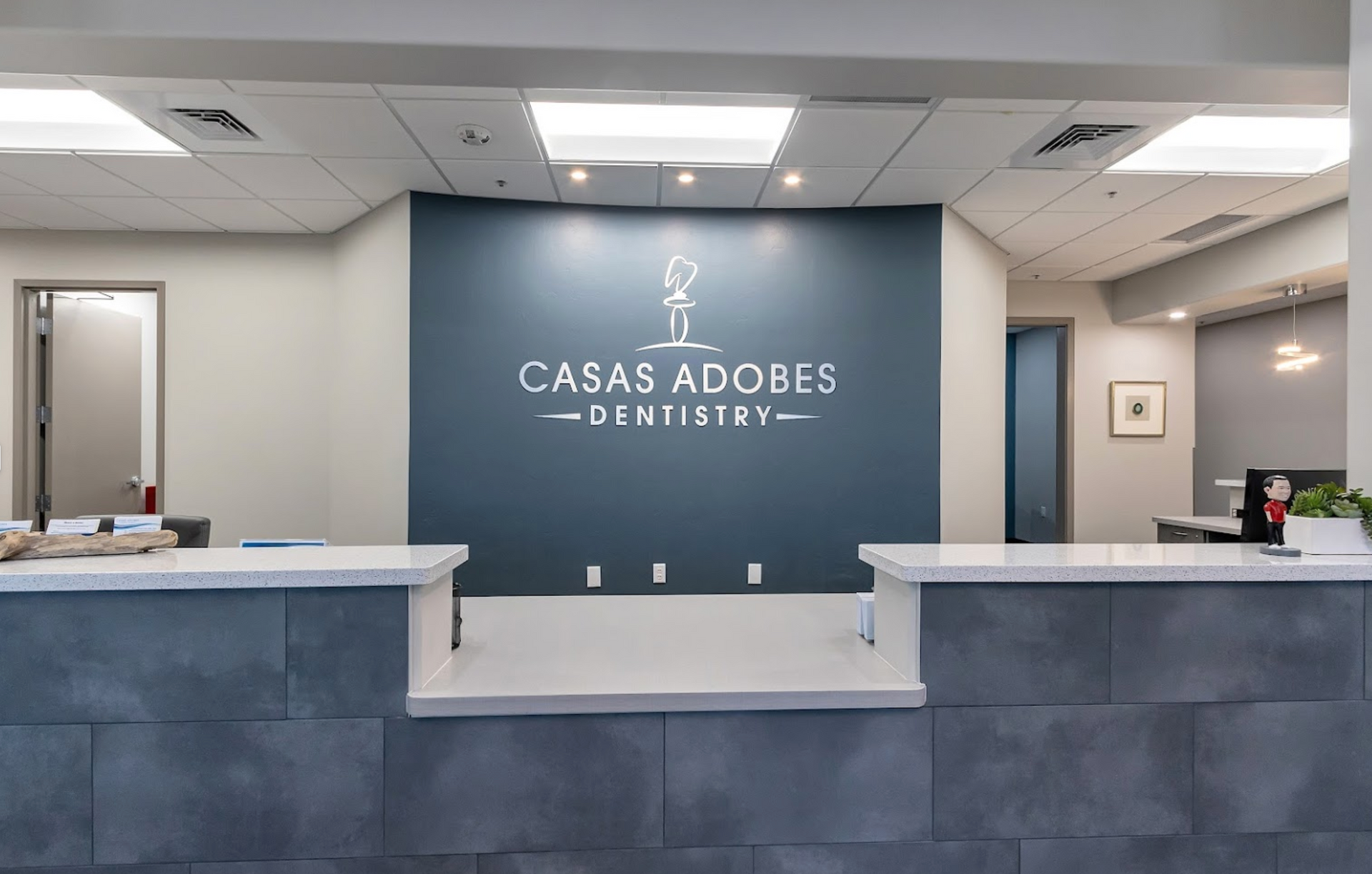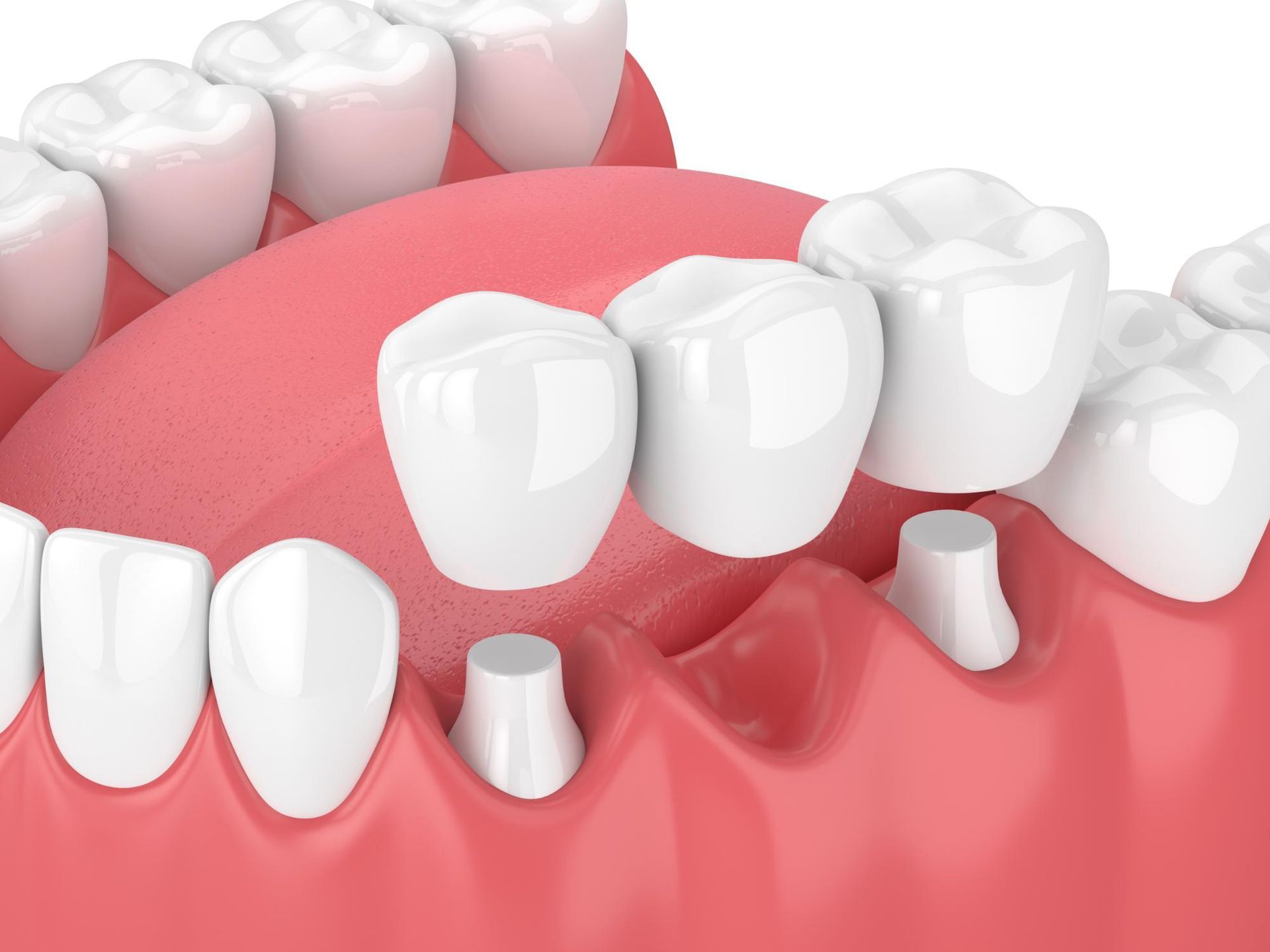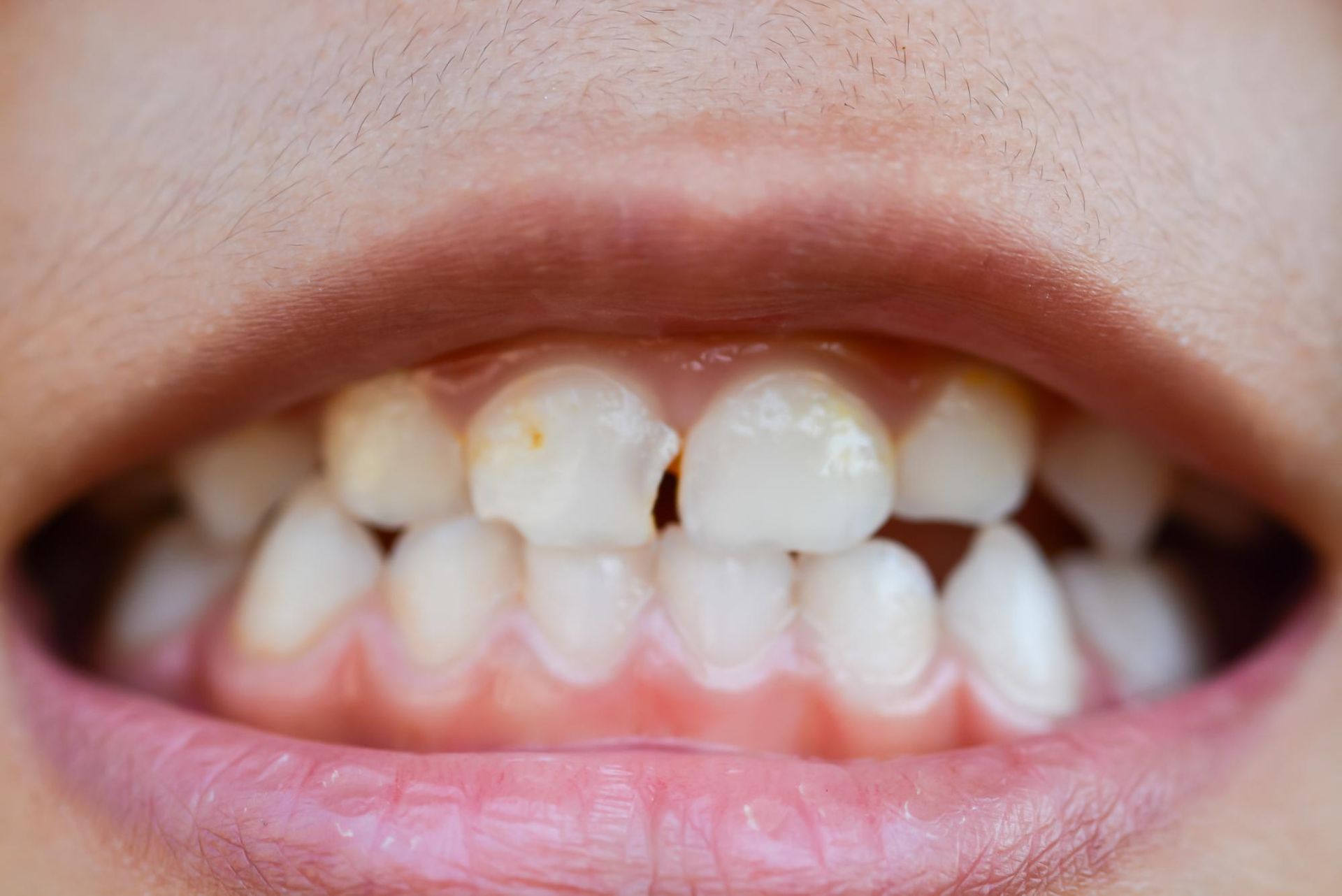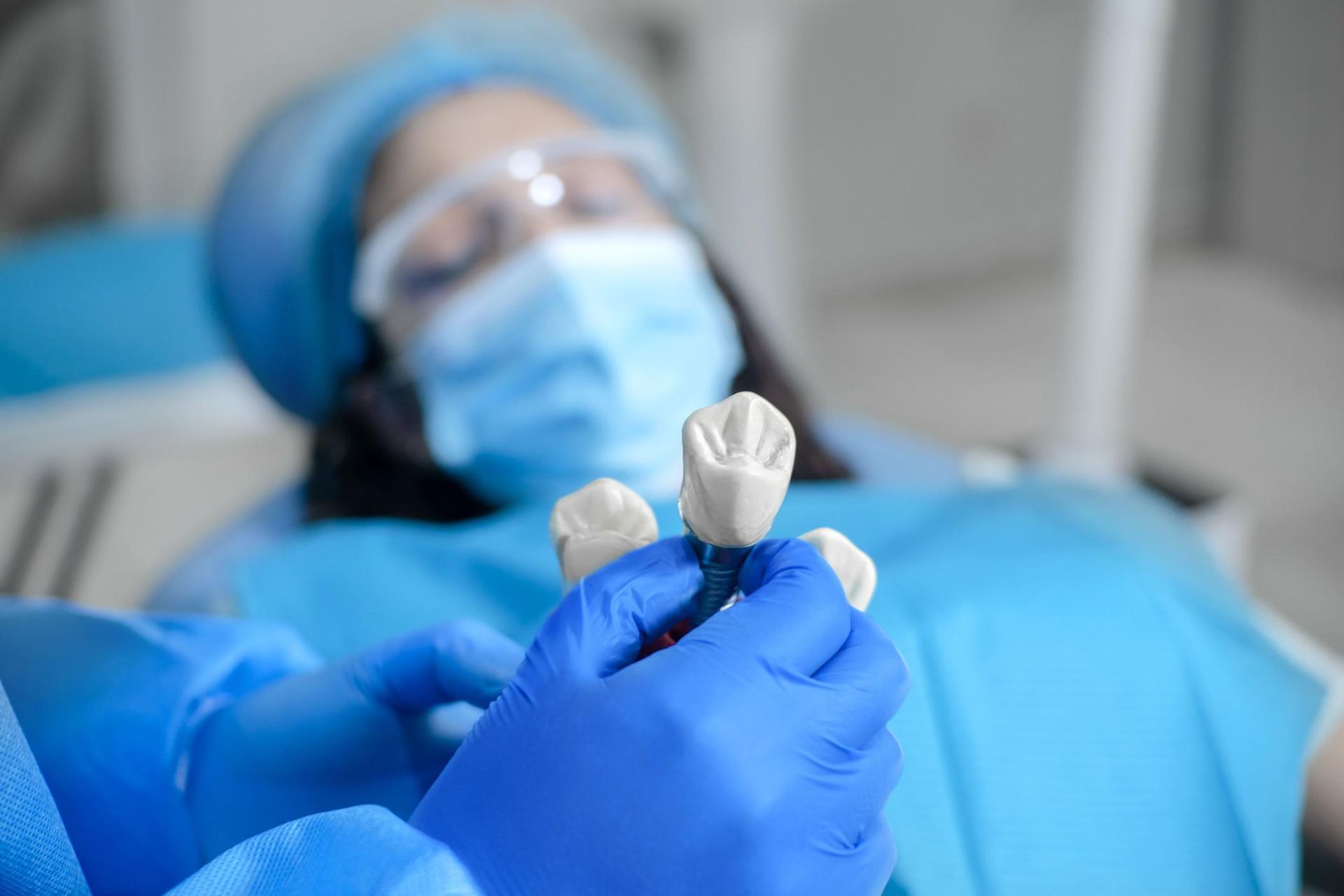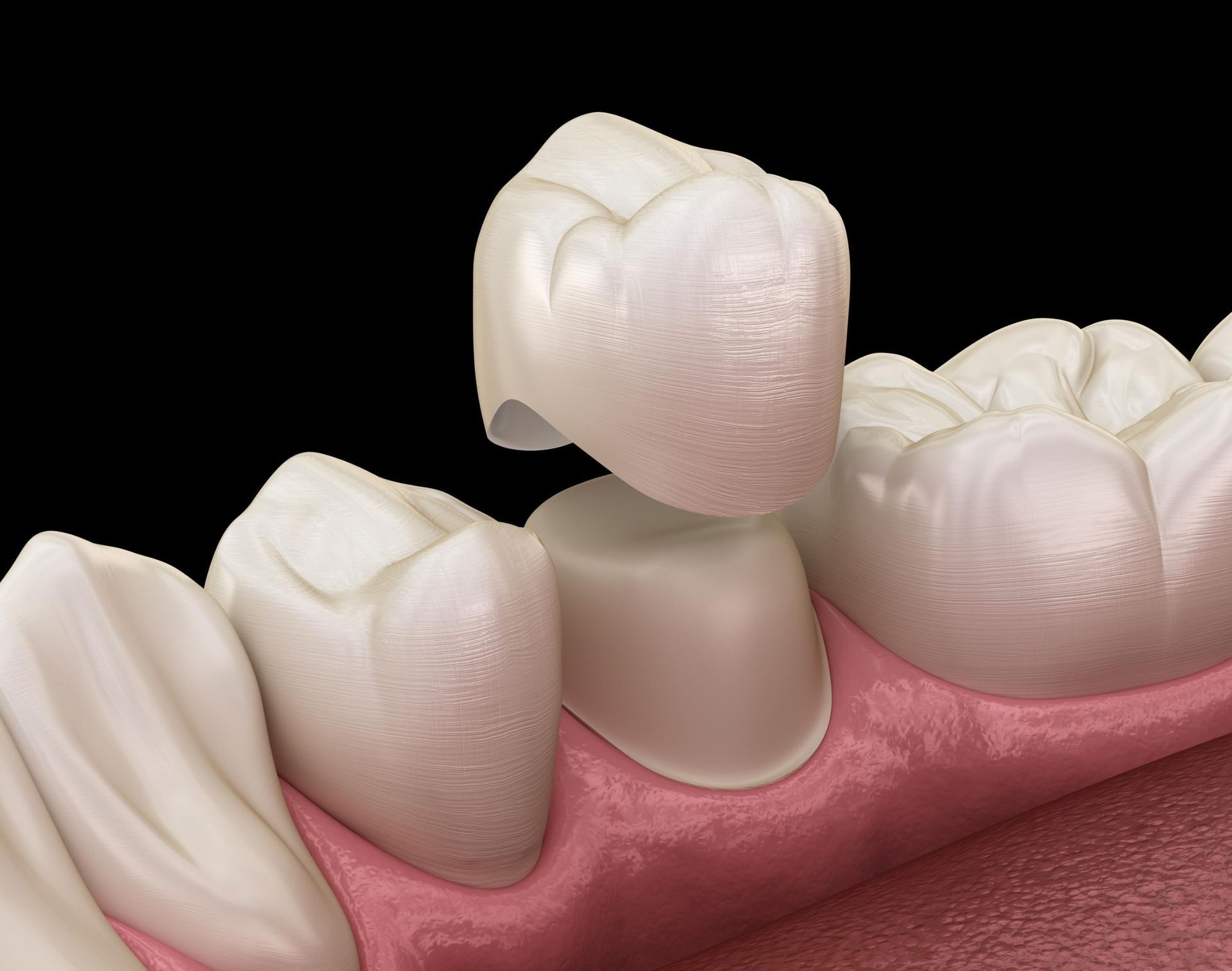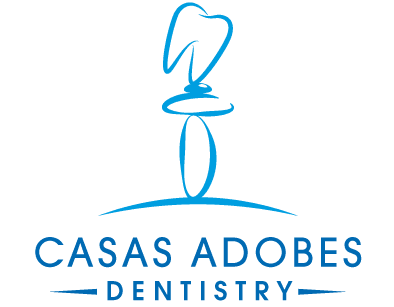(520) 365-0559
7520 N Oracle Rd Suite 200, Tucson, AZ 85704
Serving all of Tucson & Surrounding Areas
Is It Possible To Whiten Dental Crowns?

Dentists use dental crowns to protect or restore damaged teeth. Sometimes, tooth decay becomes too advanced, or cracking may weaken the teeth's structure. In these cases, a dentist may suggest a crown when fillings cannot solve the issue. Crowns are caps made of various materials, including ceramic, resin, porcelain, and metal. Consulting professional dental services is crucial for maintaining and treating dental crowns to ensure optimal oral health.
Crown placement is a routine procedure, but many people wonder if they can have their crowns whitened later. The short answer is that crowns do not whiten like natural teeth, so it is important to have them properly color-matched before placement. Here is what you need to know about crowns and whitening.
Understanding Dental Crowns
Dental crowns are prosthetic devices designed to restore the function and appearance of a tooth that has undergone significant damage or decay. Whether it’s due to a large dental filling, a root canal, or a crack, a dental crown can provide the necessary protection and aesthetic appeal. These crowns are meticulously crafted to match the patient’s natural tooth color, size, and shape, ensuring they blend seamlessly with the surrounding teeth. Typically made from durable materials like ceramic or porcelain, dental crowns are resistant to the effects of teeth-whitening solutions, making them a long-lasting option for dental restoration.
The Truth Behind Whitening and Crowns
Over time, teeth change color. Coffee, red wine, and tea tend to be the worst culprits when it comes to staining. The color pigments stick to the outer part of the tooth and enamel. Additionally, age changes the colors of a patient’s teeth. The teeth have a white outer shell and a yellow dentin beneath it. As the outer enamel becomes thinner, the teeth appear more yellow.
When dentists shape crowns, they choose a color based on the color of the patient’s teeth. Generally, the patient’s teeth may change colors around the crowns. However, it is important to note that efforts to whiten crowns can be challenging due to the different materials used, and common whitening products may not effectively brighten them.
How Teeth Whitening Works with Hydrogen Peroxide
To understand how teeth whitening works, it is essential to know that tooth whitening products contain hydrogen peroxide or carbamide peroxide. The bleach breaks the stains into smaller pieces to create a less concentrated color and to brighten the teeth. The chemicals penetrate the tooth’s enamel to handle the stains. To change the color of the tooth, the bleach has to seep into the hard structure of the tooth.
To whiten teeth, patients can use stain removal toothpaste, in-office bleaching, or at-home bleaching kits. Toothpaste have mild abrasives to scrub the teeth, along with polishing agents to remove stains, but you will generally get more dramatic results at your dentist’s office.
During an in-office whitening procedure, the dentist applies a rubber shield or protective gel to the gums before applying bleach to the teeth. Dentists use a heating lamp for three 20-minute intervals. At-home bleaching kits come with trays customized by the dental office for the patient’s mouth. The patient receives instructions on how to apply the bleach. The process can take a few days or a few weeks.
Whitening agents cannot penetrate the crown’s materials. In some cases, tooth-colored fillings can undergo whitening treatment with some success, but this is because the tooth around the filling changes color. With veneers, dentists may try to whiten the areas of exposed teeth.
How to Whiten Crowns
Color matching prior to the placement of a crown is important. If you are unhappy with the color of your teeth overall and will be needing a crown, you may want to have a whitening treatment done before getting the crown. Then, your dentist can match the color to your newly whitened teeth.
If patients want a whiter smile long after getting a crown, they can still undergo whitening treatment. Most patients do not have crowns covering all of their teeth. They can whiten the teeth around the crowns. Of course, the crown may still have stains and be a different color from the rest of the smile.
To whiten the crowns, patients have to consider replacing the crown. Dentists can whiten the teeth and then create a new crown based on the whiter smile.
Some patients have crowns for decades, and over time, the restoration becomes dingy or flat. Nowadays, crowns can be bright and white and remain that way longer. If the original color has faded, the dentist removes the crown and cleans the underlying tooth of any stains or decay. The dentist can place a new crown to match the patient's white smile.
Keep in mind, also, that regular professional cleanings can help remove surface stains from crowns as well as natural teeth. So even if whitening agents cannot penetrate the crown, a cleaning can remove stains from coffee, red wine, and other substances. The key is to get your mouth cleaned regularly at the dentist office.
Professional Teeth Whitening
Professional teeth whitening is a highly effective dental procedure that utilizes powerful bleaching agents like hydrogen peroxide or carbamide peroxide to lighten the color of teeth. These peroxides work by breaking down stains on the tooth enamel, resulting in a brighter, whiter smile. During a professional teeth whitening session, the whitening agent is carefully applied to the teeth and left on for a few seconds before being rinsed off. This process is repeated several times to achieve the desired level of brightness, often resulting in teeth that are 4-5 shades lighter. The controlled environment of a dental office ensures that the procedure is both safe and effective, providing dramatic results in a relatively short amount of time.
At-Home Whitening Products
For those looking to whiten their teeth at home, there are numerous over-the-counter (OTC) whitening products available. These products typically contain lower concentrations of hydrogen peroxide or carbamide peroxide compared to professional treatments. Available in various forms such as gels, trays, whitening toothpaste, pens, and strips, these products work by polishing the tooth enamel and removing surface stains. While at-home whitening products can be convenient and cost-effective, they may not deliver the same level of brightness as professional treatments and often require a longer period to achieve noticeable results.
Caring for Dental Crowns
Maintaining the appearance and longevity of dental crowns requires diligent oral hygiene practices. Regular brushing and flossing are crucial to remove surface stains and prevent the buildup of plaque and tartar. Additionally, scheduling regular professional cleanings can help keep both your natural teeth and dental crowns looking their best. It’s also wise to avoid foods and beverages known to cause staining, such as coffee and red wine, to maintain the color of your dental crowns. By following these simple steps, you can ensure that your dental crowns remain in excellent condition for years to come.
Consulting a Dentist
If you’re considering teeth whitening and have dental crowns, it’s essential to consult with a dentist first. A professional assessment can help determine the best course of action for achieving a brighter smile. Your dentist can evaluate the condition of your teeth and crowns, recommend appropriate whitening treatments, and advise whether you might need to replace your dental crowns to match your newly whitened teeth. Additionally, a dentist can provide professional teeth whitening services and suggest safe and effective at-home whitening products tailored to your needs. Consulting with a dental professional ensures that you receive the best possible care and achieve the desired results without compromising the integrity of your dental crowns.
Conclusion
When it comes to dental crowns, teeth whitening processes do not work because the bleaching agent cannot penetrate the exterior of the crown. While patients can whiten the teeth around the crowns, they should replace crowns after a whitening treatment if stains remain and show a significant color difference between natural teeth and crowns.
Request an appointment here: https://www.casasadobesdentistry.com or call Casas Adobes Dentistry at (520) 365-0559 for an appointment in our Tucson office.


Ready to Experience Exceptional Dental Care?
Your journey towards a healthier, brighter smile starts here. Call us today at (520) 365-0559 to schedule your appointment or request a consultation online. Join the Casas Adobes Dentistry family and let us take care of your dental needs with the compassion and expertise you deserve.


Contact Information
Request an Appointment
For more information about our services or to schedule an appointment, call us at (520) 365-0559 or complete the form below we’ll get back to you as soon as we can.
We are on Oracle Rd. just north of Ina Rd in the same complex as Retina Associates which you can see on the right when you are traveling north. We are south of Suffolk Dr. on the East side of Oracle Rd. You may have to make a U-Turn when traveling south from Magee Rd
Popular Services
Quick Links
All Rights Reserved | Casas Adobes Dentistry
